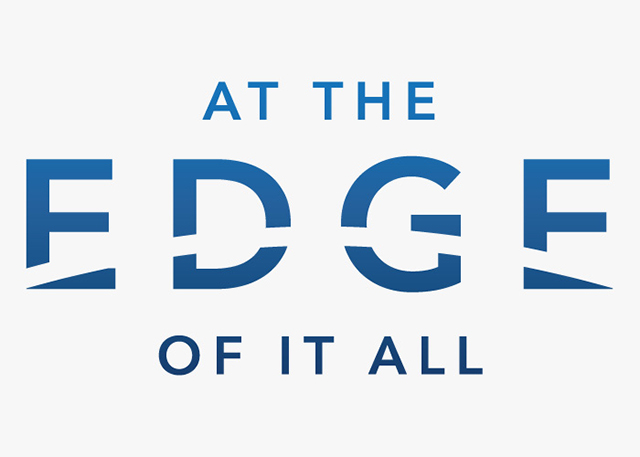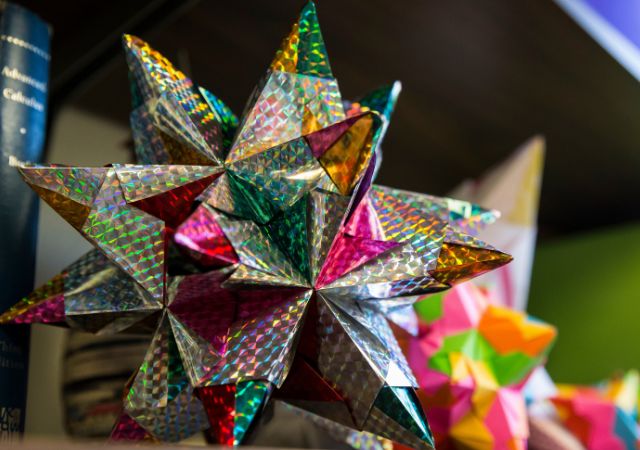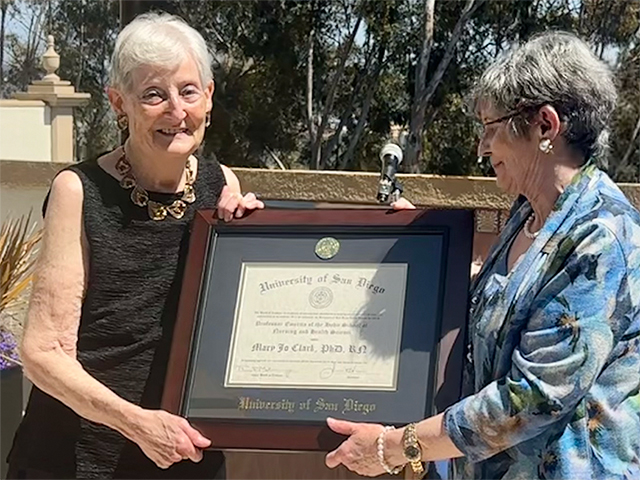Student Embarks on SEA Research, Study Abroad Journey to New Zealand

Nick Monica, a junior from Simi Valley, Calif., has embarked on a research and study abroad opportunity with the Sea Education Association (SEA) off the coast of New Zealand. Monica will be conducting both environmental and social science research while abroad. Join USD News Center over the next few months to read new details of Monica’s unique experience at sea.
Passionate. University of San Diego junior Nick Monica has a love for anything environmental. An avid photographer and environmentalist, this environmental studies major and marketing minor is ready to embark on a once-in-a-lifetime research and study abroad experience to New Zealand. Having left on Nov. 7, Monica will be living and doing research aboard the ship, the Robert C. Seamans.
A USD Adventure
Drawn to USD because of the chance he had to continue his athletic and academic career, for Monica, the university was the image of personalized attention and support. The opportunities that an education from this Catholic campus could provide appeared limitless.
“The small class sizes have allowed me to connect with many of my professors, and especially my advisors, on a more personal level,” he says. “This has been so vital, not only to my success but also to my academic journey as I figure out where I want to focus my major, research, and career goals.”
For the time being, though, that focus is concentrated on the exciting possibilities that this New Zealand adventure holds.
A Chance of a Lifetime
Interested in the juxtaposition between New Zealand’s organic beauty and the seemingly exponential growth of cityscapes, tourism and technology, Monica admits that what caught his attention early on was the unique opportunity the Sea Education Association provided.
“What stood out was the opportunity to sail a 135-foot research vessel around the islands of New Zealand and actually obtain school credit,” he says. “I couldn’t believe this was something I could do.”
Excited to be “off the grid” for a while, Monica is looking forward to the chance to focus on his research and “[get] into the rhythm of the adventure.”
A Multi-Disciplinary Approach
"The curriculum is a mixture of marine science, environmental science and social science [as well as] nautical science when you consider the fact that we will be navigating a sailing vessel in order to obtain the data necessary to complete our projects,” says Monica.
Focusing the first component of his research on the species of plankton known as the Pteropod or “Sea Butterfly,” Monica will be looking at how ocean acidification caused by carbon dioxide increases in the ocean water column is affecting this plankton’s structural formation and abundance.
For his social science focus, Monica will utilize his love of photography in creating a short film on the emergence of tattoos in maritime culture. He will first focus on the significance of tattoos within the East Coast North American sailor identity over 400 years. However, Monica will also be focusing more “locally” on other tattoo traditions, most notably, the Ta Moko or tattoos within the Mäori people of New Zealand.
“I intend to outline [the] interesting shift in the common outlooks on tattoos for these cultures today,” he describes. “The trends of today point to a shift towards mass acceptance of tattoos in most parts of North America, whereas ta moko in New Zealand tends to instill fear and is being pushed further away from modern day New Zealand culture.”
The Most Compelling Part
For Monica, however, the chance to intertwine both social and environmental issues into his interdisciplinary research is exciting and life changing. Because of this, he hopes to walk away with a firsthand account of the various changes occurring both at sea and on land so that he can assume some responsibility in delivering the results and increasing awareness among a broader audience.
The most exciting part, though, is the opportunity for seclusion.
“I’m most excited for the solitude of being in open ocean with no sign of land.” He adds, “[To] really experience the serenity I often read about in the log books of sailors throughout maritime history.”
— Allyson Meyer '16



